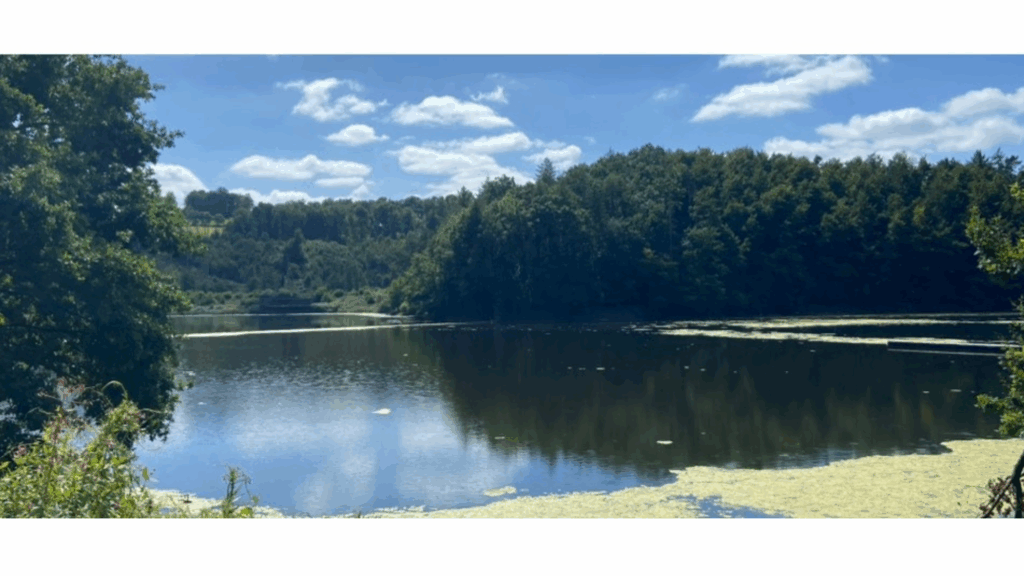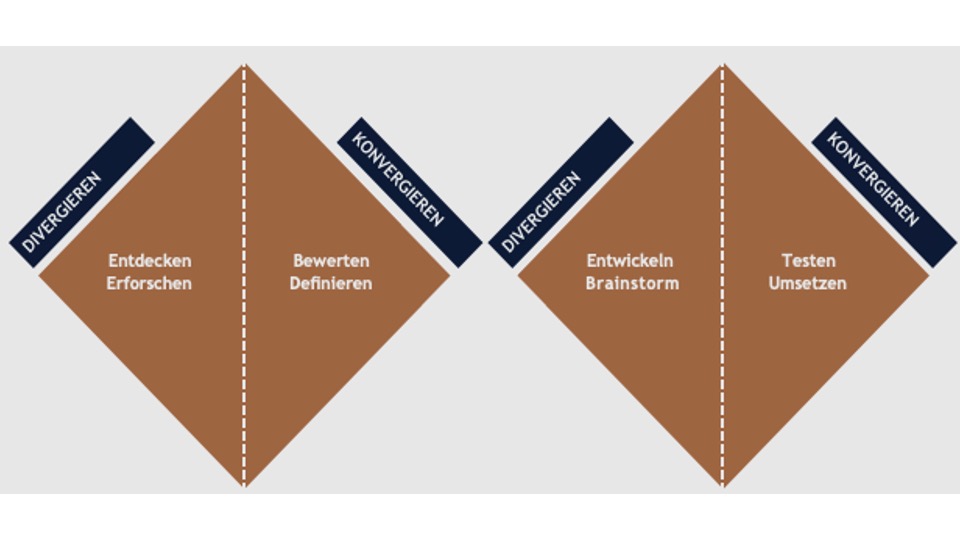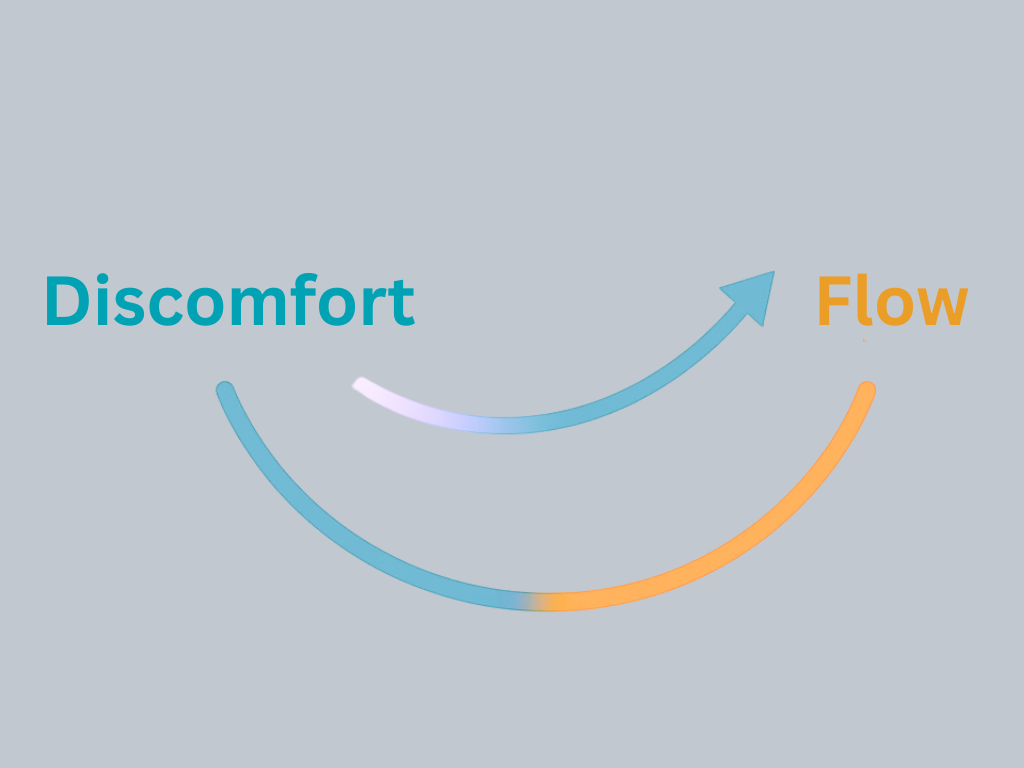Ideas don’t always arise from thinking. Sometimes, they emerge in the in-between.
Maybe you know this moment:
Suddenly, there’s an idea.
An image or a sentence. Something that felt out of reach before and now seems completely natural.
And I ask myself:
Why now?
Why not when I was actively searching for it?
What I’ve learned:
Such impulses rarely come under pressure.
They don’t need more thinking, they need something else.
Research shows:
The so-called Aha moment is often preceded by a shift in the brain into a state where alpha waves dominate. Our brain becomes creative when it’s relaxed, not when it’s under pressure.
The Aha moment doesn’t appear in the midst of brooding, but in a kind of inner downtime:
While walking, while waiting, after a conversation.
When the mind stops transmitting and simply begins to listen within.
I can’t force this moment.
But I can create conditions that make it more likely:
Through pauses.
Through spaces where nothing has to happen right away.
Through a little less striving.
Here’s a small impulse:
If you can’t find an answer right now, stop searching.
Do something else – take a short walk, but don’t bring anything with you. No phone. No expectations.
Just steps. And silence.
Maybe something is already moving beneath the surface.
Question for you:
What brings you back in touch with your ideas when you feel stuck?




